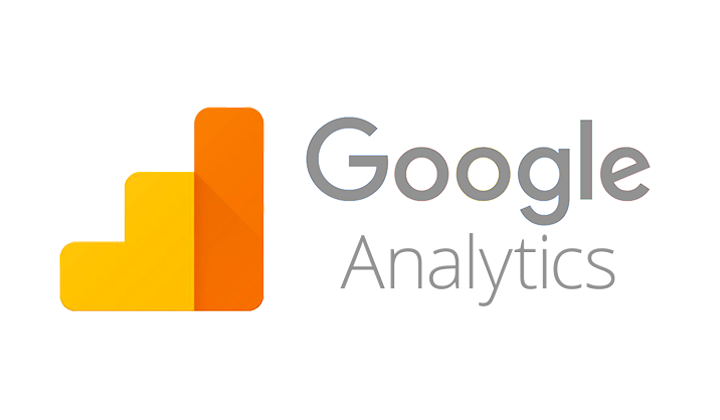With the rising importance of data in today’s digital age, understanding your website’s performance is crucial. One of the best tools available for this purpose is Google Analytics. This guide will walk you through the basics of how to use Google Analytics, ensuring that even beginners can derive meaningful insights from their data.
Read More: How to Set Up a Hybrid Work Schedule And What Are The Benefits?
Contents
What is Google Analytics?
Google Analytics is a free web analytics tool offered by Google that tracks and reports website traffic. It provides insights about your website’s visitors, their behaviour, and conversions, making it an indispensable tool for marketers, bloggers, and business owners.
Setting Up Google Analytics
- Sign up: Go to the Google Analytics website and sign up using your Google account.
- Set up your account: Fill in your website details (name, URL, industry, etc.)
- Install the tracking code: Google will provide a tracking code. Insert this into your website’s backend. For WordPress users, there are numerous plugins that make this step easier.
Upon logging in, you’ll be greeted by your dashboard. Some essential areas include:
- Real-Time: See what’s happening on your site right now.
- Audience: Gain insights about your users, such as demographics, interests, and behaviours.
- Acquisition: Discover how users find your site.
- Behaviour: Understand how users navigate your site.
- Conversions: Track the actions users take on your site.
Key Metrics to Track
- Sessions: A session is a group of interactions one user takes within a set time frame.
- Users: Total number of visitors to your site.
- Pageviews: Total number of pages viewed.
- Bounce Rate: Percentage of single-page visits where the user left without interacting further.
- Average Session Duration: Average time a user spends on your site.
Drawing Insights from Reports
- Traffic Sources: Learn where your visitors come from – be it direct, organic search, social media, or referrals.
- Content Overview: Identify which pages of your site are the most popular.
- Location Data: Understand where in the world your audience is based.
Setting Up Goals and Conversions
Goals track specific user interactions, such as form submissions or product purchases.
- Go to ‘Admin’: Under the ‘View’ column, click ‘Goals’.
- Click ‘New Goal’: Set up the goal by naming it, defining the type, and setting the conditions.
Tips for Advanced Users
- Integrate with Google Search Console: This provides insights on search queries leading to your site.
- Set up Event Tracking: Track specific events like button clicks or video views.
- Leverage UTM Parameters: Track marketing campaigns more effectively.
- Custom Dashboards: Customize your dashboard to see the data that matters most to you.
Conclusion
Google Analytics is a potent tool that, when utilized effectively, can provide actionable insights to enhance your website’s performance. From understanding your audience to tracking conversions, the data is at your fingertips. Start small, get familiar with the basics, and gradually explore the advanced features as you become more comfortable.
Read More: Cybersecurity Threats to the Financial Industry and How to Prevent Them
FAQs
- Is Google Analytics free? Yes, there’s a free version available that suits most beginner to intermediate needs. There’s also a paid version called Google Analytics 360 for enterprise-level needs.
- How often does Google Analytics update? Typically, data in Google Analytics is updated every 24 hours, but real-time reports provide instant data.
- How can I share my Google Analytics data with someone? You can add users at the account, property, or view level.
Remember, like any tool, Google Analytics is only as good as the person wielding it. Dedicate time to learning and exploring its features, and you’ll soon become proficient in deriving insights that can transform your website’s performance.
Note: While this is a comprehensive guide, it’s a concise version considering the word limit. Each section mentioned here can be expanded in-depth for a more extensive guide. SEO optimization involves more than content – such as meta tags, relevant backlinks, site speed, and more.




